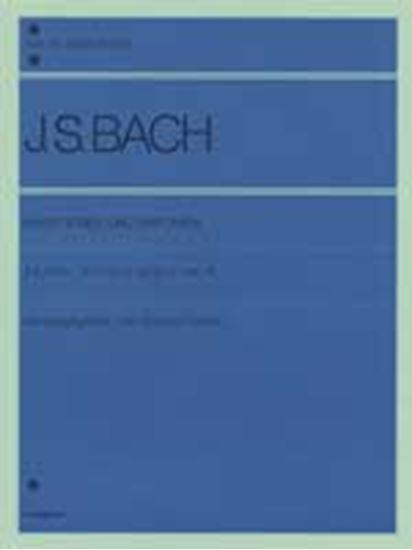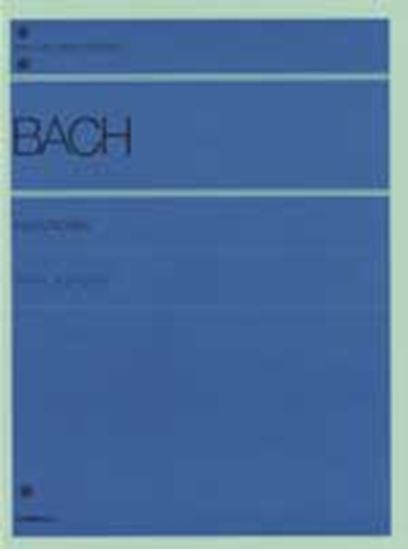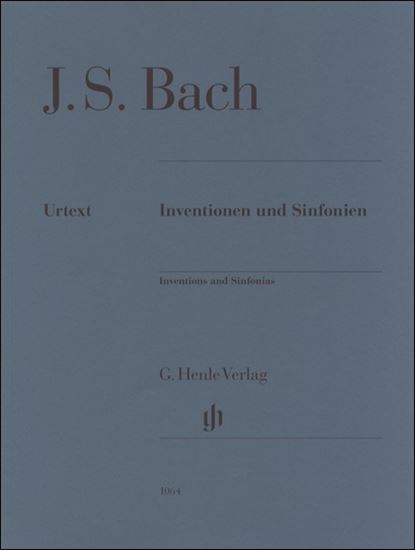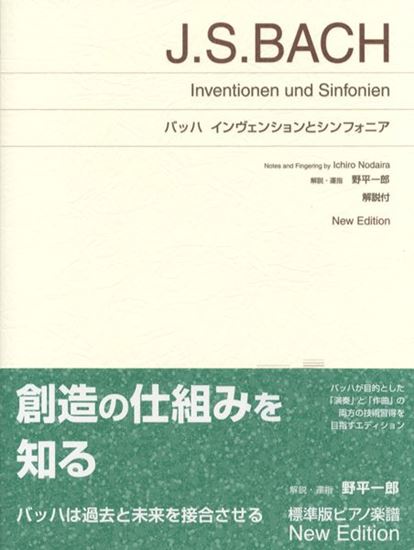Bach, Johann Sebastian : Sinfonia Nr.4 d-moll BWV 790
Work Overview
Genre:pieces
Total Playing Time:1 min 40 sec
Copyright:Public Domain
Commentary (3)
Author : Takamatsu, Yusuke
Last Updated: September 18, 2020
[Open]
Author : Takamatsu, Yusuke
D minor, 4/4 time.
Written as a fugue, a characteristic feature of the subject's 'inventio' (invention/conception) is the use of tied suspensions. Beyond its use as the subject, the suspension is also employed motivically in sequential progressions, dominating the entire piece.
At the beginning, the upper voice presents the subject in D minor, and from the second measure, the middle voice responds in the dominant key. This is the technique of 'stretto,' where entries overlap before the preceding voice's subject concludes. From measure 13 in the latter half, all voices—upper, middle, and lower—present the subject in stretto.
Combined in the middle voice in measures 12-13 and the upper voice in measures 22-23 is a descending chromatic motif. This is a figure known as 'passus duriusculus,' frequently used to express sorrow, and it imparts a distinctive character to the piece.
Author : Hayashikawa, Takashi
Last Updated: March 15, 2018
[Open]
Author : Hayashikawa, Takashi
Musical examples provided by: Bärenreiter Verlag
Author : Ooi, Kazurou
Last Updated: March 12, 2018
[Open]
Author : Ooi, Kazurou
Sinfonia No. 4 in D minor
This Sinfonia in D minor is not particularly difficult technically; rather, it is a sinfonia where the musical aspects are more challenging. The key to understanding this sinfonia musically lies in "following the soprano line." It would be good to vary the dynamics according to the height of the soprano. Let's look from the beginning.
The subject begins in the soprano in measure 1 and extends to F on the first beat of measure 2. The subject continues to ascend, following a sequence, to A on the first beat of measure 3. From there, it descends stepwise to F in measure 4. It finally reaches D on the first beat of measure 5, marking a phrase ending. From the second beat, it descends, following a sequence from B, reaching A on the third beat of measure 8. From here, it transitions to F major.
In this way, by following the soprano line, you will be able to discern the peaks and valleys of the musical phrase. After modulating to F major, it descends chromatically, reaching A minor. Between measures 14-15, the harmony also takes on a diminished sound, and it might be appropriate to consider the volume in this section to be at its loudest. From there, it modulates to G minor, then immediately back to F major, returning to D minor in measure 20. The keys change rapidly. Each time, it is important to change the tone quality. For example, from measures 1-4, a severe, sorrowful, and strict mood persists. Although it already modulates to A minor in measure 2, the tone quality here could be softer than in D minor.
From measure 5, a sequence leading to F major continues, but it is not until measure 7 that a warm, soft, and gentle mood is reintroduced in the piece by the seventh of the dominant seventh chord, E-flat, on the second beat. Please change the expression dramatically.
In this way, it is advisable to interpret the mood of each section, the mood of each key, and the movement and mood of sequences, and to select an appropriate tone quality based on your own understanding.
PTNA & Partner Channel Videos(2items)
Sheet MusicView More
Scores List (42)

カワイ出版

(株)ヤマハミュージックエンタテインメントホールディングス

(株)全音楽譜出版社

(株)全音楽譜出版社

(株)ドレミ楽譜出版社

(株)音楽之友社

(株)全音楽譜出版社

(株)音楽之友社

(株)音楽之友社

(株)ドレミ楽譜出版社

(株)ドレミ楽譜出版社

(株)ドレミ楽譜出版社

(株)ドレミ楽譜出版社

ヘンレー

ヘンレー

カワイ出版

(株)渓水社

(株)音楽之友社

(株)全音楽譜出版社

(株)エー・ティ・エヌ

(株)全音楽譜出版社

カワイ出版

(株)音楽之友社

(株)音楽之友社

ヘンレー

ヘンレー

(株)学研プラス

















